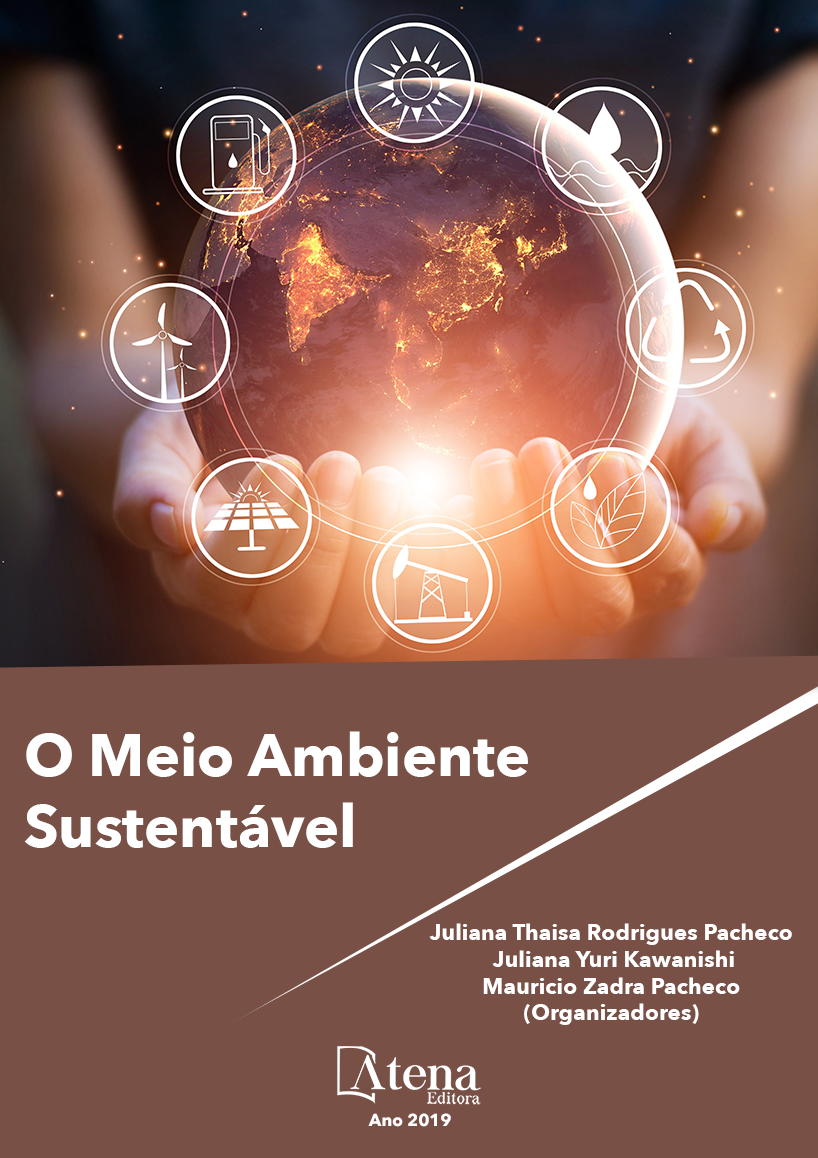
ESTUDO DA INFLUÊNCIA DA INCORPORAÇÃO DE CINZA DE CASCA DE ARROZ E EFLUENTE DE BIOGÁS NA PLASTICIDADE DA CERÂMICA VERMELHA
O estudo analisou a importância de se buscar tecnologias para o desenvolvimento sustentável, nos produtos cerâmicos vermelhos. Foram avaliadas as características de plasticidade de três tipos de solos, Latossolo Vermelho distroférrico, caulinita e bentonita, quando ensaiados com água e com gás condensado (efluente de biogás). A metodologia empregada seguiu as prerrogativas das normas da ABNT, NBR 6459 para determinação do limite de liquidez. O principal foco da análise foi a variação na faixa de plasticidade dos compósitos quando o fluido de moldagem muda de água para gás condensado. Os resultados que a utilização do gás condensado em substituição a água resultou em melhora das características plásticas da matriz, sugerindo seu uso na fabricação de peças cerâmicas. A contribuição deste estudo está na redução da utilização de recursos naturais e na substituição da água por um resíduo industrial, na produção de materiais cerâmicos, no que se refere à melhoria da plasticidade.
ESTUDO DA INFLUÊNCIA DA INCORPORAÇÃO DE CINZA DE CASCA DE ARROZ E EFLUENTE DE BIOGÁS NA PLASTICIDADE DA CERÂMICA VERMELHA
-
DOI: 10.22533/at.ed.5951920124
-
Palavras-chave: solo; cerâmica; incorporação de resíduos industriais.
-
Keywords: soil, ceramics, incorporation of industrial waste.
-
Abstract:
The study analyzed the importance of seeking technologies for sustainable development in red ceramic products. The plasticity characteristics of three types of soils, dystroferric Red Latosol, kaolinite and bentonite, were evaluated when tested with water and with condensed gas (biogas effluent). The methodology used followed the prerogatives of the ABNT standards, NBR 6459 to determine the liquidity limit. The main focus of the analysis was the variation in the plasticity range of the composites when the molding fluid changes from water to condensed gas. The results that the use of the condensed gas in substitution to the water resulted in an improvement of the plastic characteristics of the matrix, suggesting its use in the manufacture of ceramic pieces. The contribution of this study is the reduction of the use of natural resources and the substitution of water by an industrial residue, in the production of ceramic materials, with regard to the improvement of plasticity.
-
Número de páginas: 15
- Andréia Rangel Balensiefer
- Beatriz Anne Bordin Zen
- Estevan Castro Silva
- Bruna Pereira da Silva


